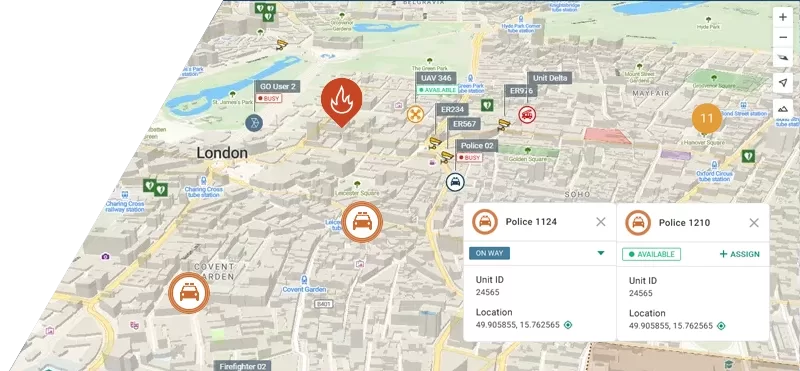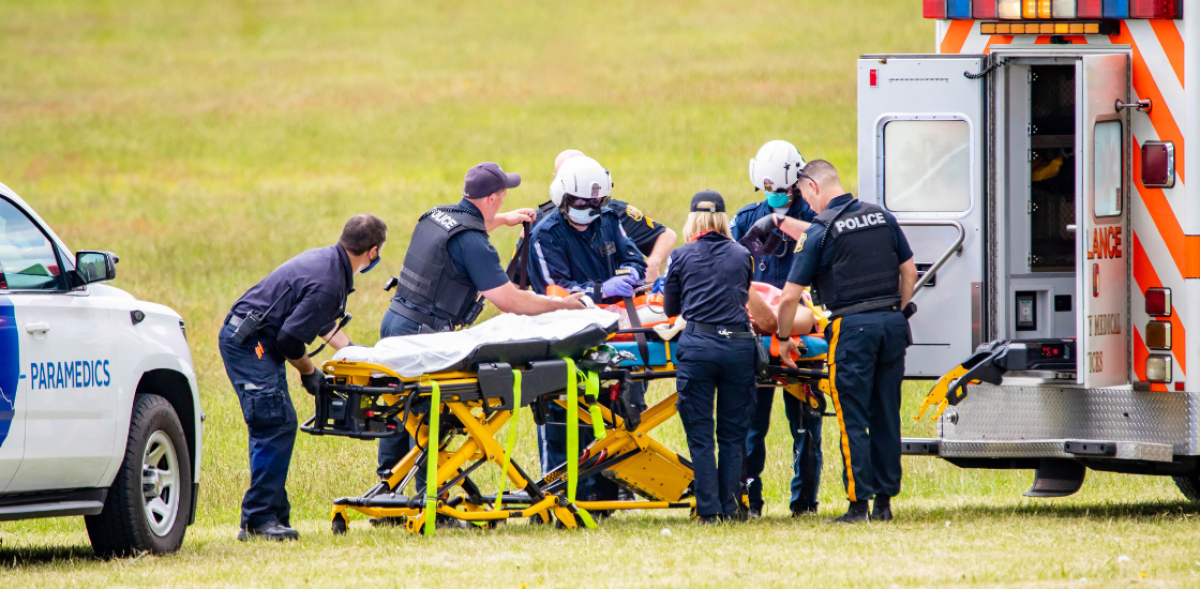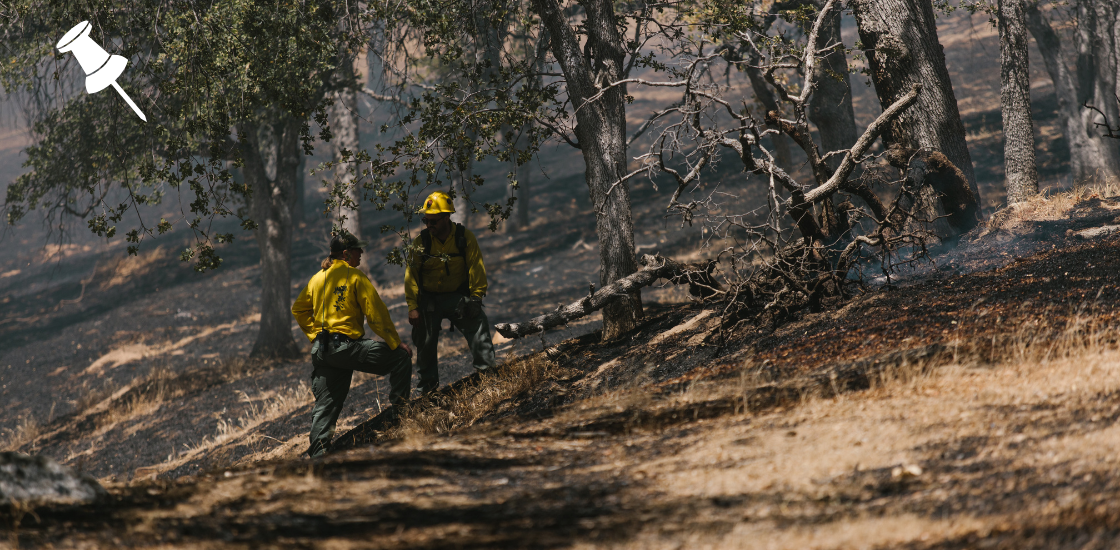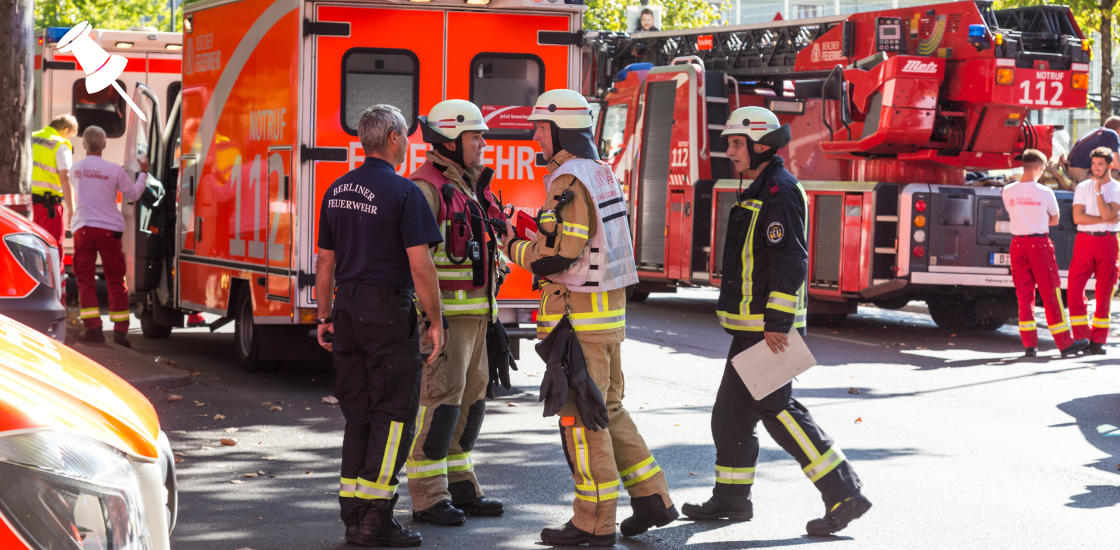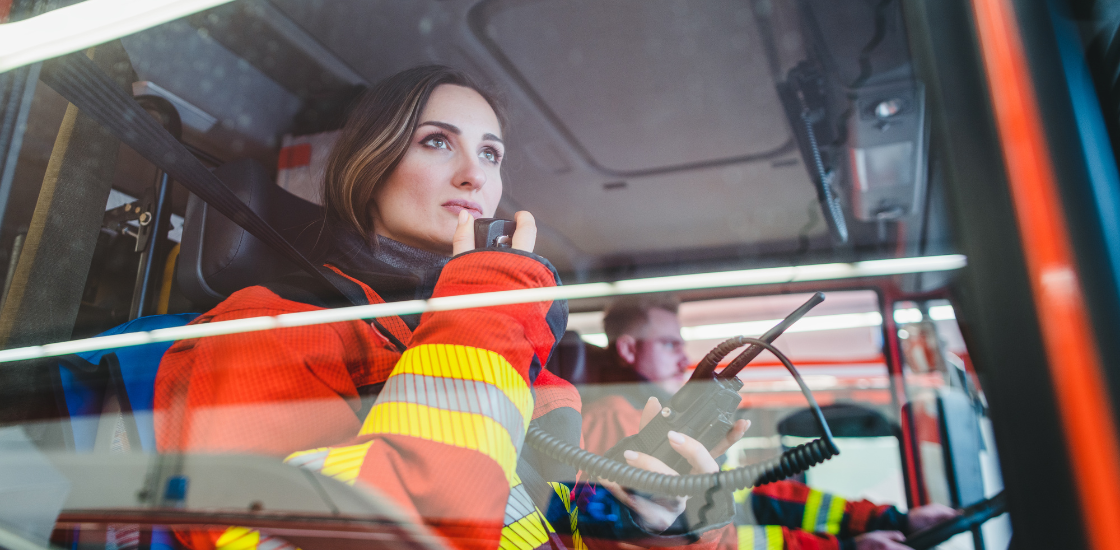Next Generation 112 is more than just an upgrade to the European emergency number. It represents a fundamental transformation of how emergency communication works in a digital world. As public safety agencies face complex challenges – ranging from natural disasters and mass incidents to evolving cybersecurity threats – the need for smarter, faster, and more reliable systems has never been greater.
NG112 is the blueprint for this new era, bringing advanced technologies like IP-based communication, real-time multimedia sharing, and integrated data solutions into the heart of emergency services.
Table of Contents
What Is Next Generation 112?
Next Generation 112 (NG112) is an initiative designed to modernize Europe’s emergency communications infrastructure, aligning with the principles of Next Generation 911 in the United States. Its goal is simple yet ambitious: ensure that people in crisis can connect with emergency services quickly, efficiently, and through the channels they use every day.
Unlike legacy systems that rely primarily on voice calls, NG112 embraces IP-based architecture and multimedia capabilities, enabling citizens to reach emergency services using voice, text, images, video, and data sharing. This is crucial in a world where younger generations often prefer messaging over calling and where critical details can be better conveyed through photos or live video.
Why Do We Need NG112?
The legacy emergency infrastructure was built for a time when landlines dominated and emergencies were relatively localized. Today, the landscape is different:
- Mobile-first society: Over 90% of emergency calls now originate from mobile devices.
- Cross-border mobility: Citizens travel frequently across EU countries, requiring seamless interoperability.
- Inclusive access: People with disabilities need text, video, and relay services to ensure equal access to help.
- Data-driven response: Emergency responders need accurate, real-time data to make life-saving decisions faster.
NG112 addresses these needs with a scalable, future-proof solution that integrates seamlessly with IP-based systems, broadband networks, and modern applications.
Key Features of Next Generation 112
- Multimedia Emergency Services
Citizens can send images, videos, and geolocation data directly to emergency centers, improving situational awareness for dispatchers and responders. - Location Accuracy
NG112 leverages Advanced Mobile Location (AML) and hybrid positioning to pinpoint caller location with high accuracy, reducing the time spent confirming locations during emergencies. - Text-to-112 & Real-Time Messaging
Essential for people with hearing or speech impairments and useful for silent reporting during dangerous situations. - Interoperability and Scalability
Built on open standards recommended by EENA and ETSI, NG112 ensures cross-border functionality and adaptability for future technologies. - Enhanced Data Integration
The system supports sensor data, vehicle telematics, and health information, enabling emergency teams to respond with better preparedness.
How NG112 Enhances Public Safety
NG112 goes beyond improving voice communication – it enables faster, more informed decisions. When dispatchers receive live video, photos, and accurate geolocation, they can immediately assess the situation and deploy the right resources. This eliminates guesswork and delays, especially in complex incidents such as multi-vehicle collisions or natural disasters.
For example, in a car crash scenario, dispatchers can view a live feed, determine the number of vehicles involved, and alert emergency medical services while sharing visual data with hospitals. This proactive approach ensures that victims receive care faster, which can make the difference between life and death.
Challenges in Implementing NG112
Moving to NG112 is essential, but it’s not without hurdles. The first challenge is cost – upgrading to IP-based networks and multimedia systems requires significant investment, which can be difficult for smaller agencies.
Another obstacle is interoperability. Each EU member state operates under different regulations and systems, making seamless integration complex despite common standards.
Cybersecurity adds another layer of difficulty. IP-based systems are more exposed to cyber threats, requiring robust security and continuous monitoring.
Lastly, training and adaptation are critical. Dispatchers must learn to handle multimedia data and new workflows to fully leverage NG112’s capabilities.
Smart CAD: The Perfect Partner for NG112
To fully realize the benefits of NG112, agencies need a robust Computer-Aided Dispatch (CAD) system capable of handling the influx of real-time multimedia and data. This is where Smart CAD by GINA Software steps in as a game-changer.
Smart CAD is an advanced, web-based dispatch platform designed to support modern emergency operations. It integrates seamlessly with NG112 standards, providing a unified interface for dispatchers to manage calls, resources, and data efficiently.
- Real-Time Multimedia Handling: Smart CAD can process photos, videos, and geolocation data coming from NG112-enabled calls, presenting them clearly for rapid decision-making.
- Dynamic Resource Management: It gives complete visibility into unit status, location, and availability, enabling precise dispatching.
- Data Integration: Smart CAD connects with telematics, IoT sensors, and other systems to deliver critical context to responders before they arrive.
- Scalable and Secure: Built to align with NG112 protocols, it ensures future-proof interoperability while maintaining strict security measures.
With Smart CAD, NG112 becomes more than just a communication upgrade – it becomes a comprehensive emergency management ecosystem that saves time and lives.
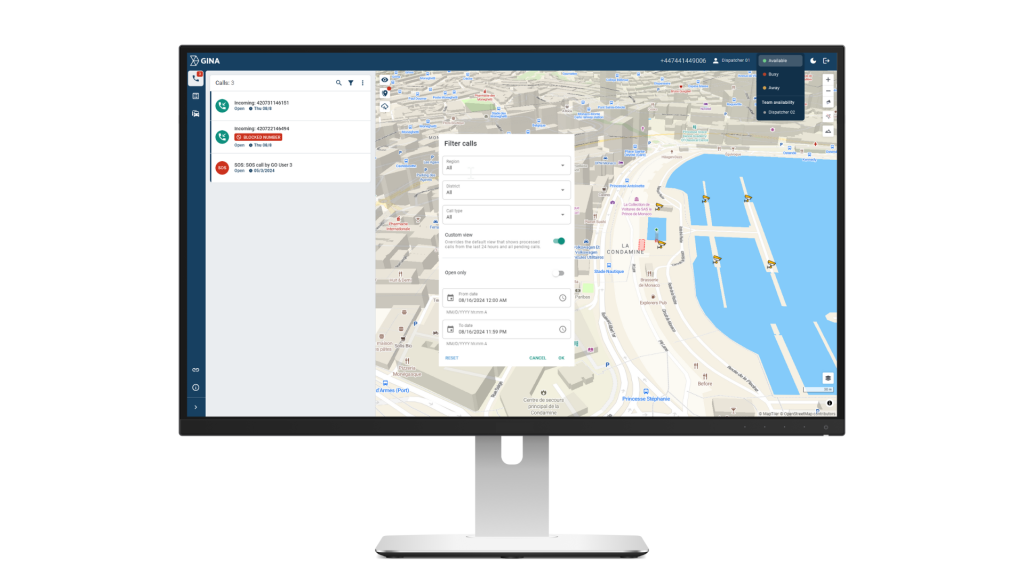
Why Acting Now Matters
Emergency response is evolving, and the need for modernization is urgent. NG112 is not just a technological upgrade – it’s a commitment to saving lives faster and more effectively. Every second counts in an emergency, and advanced systems like NG112 combined with tools such as Smart CAD ensure that help reaches people when they need it most.
This transformation requires investment, planning, and training, but the payoff is clear: better coordination, faster response times, and stronger community resilience. Public safety cannot afford delays. The transition to Next Generation 112 is a practical step toward faster, smarter, and more reliable emergency response.
